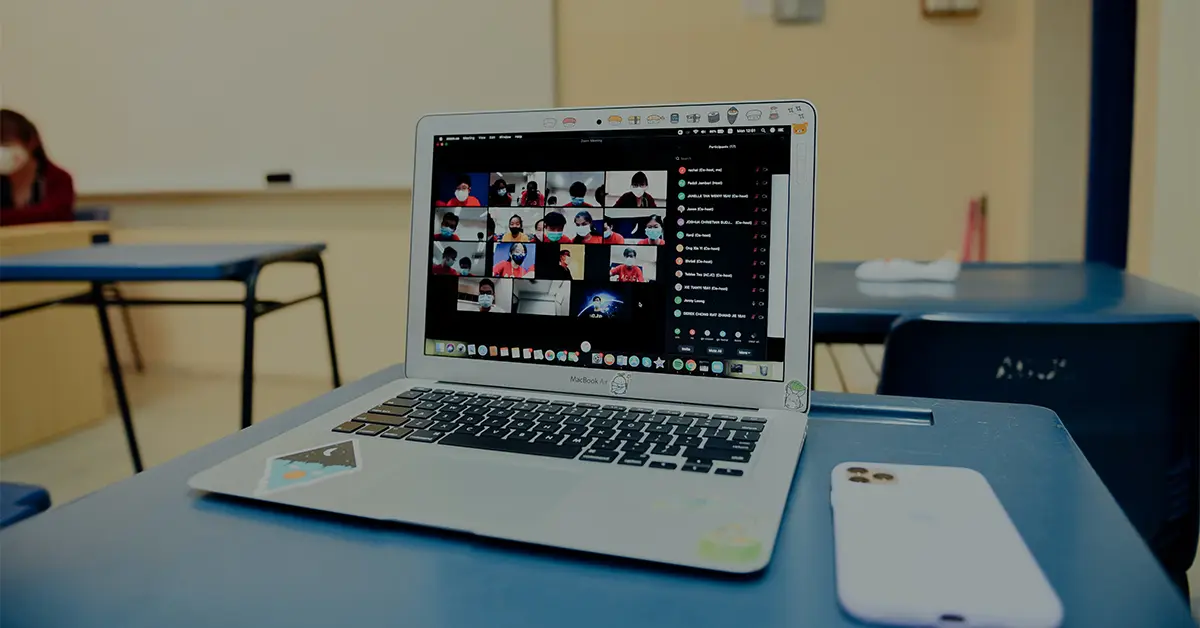Remote learning has transformed education, providing students, educators, and professionals with the opportunity to learn from anywhere in the world. Driven by advancements in technology, internet accessibility, and online platforms, remote learning has become a mainstream mode of education—especially after the global shift caused by the COVID-19 pandemic.
While remote learning offers flexibility, accessibility, and personalized learning, it also comes with challenges such as digital inequality, lack of engagement, and limited social interaction. Understanding these challenges and leveraging opportunities can help educators and students make the most of distance education.
In this guide, we will explore:

- What is remote learning, and why is it important?
- Key challenges of remote education.
- Opportunities and benefits of distance learning.
- Best strategies for effective remote learning.
- The future of online education.
1️⃣ What Is Remote Learning?
Remote learning (also known as distance learning or online learning) refers to an educational experience where students and instructors are physically separated and interact through digital communication platforms.
Modes of Remote Learning:
- Synchronous Learning – Live online classes via Zoom, Microsoft Teams, or Google Meet.
- Asynchronous Learning – Pre-recorded video lectures, self-paced courses, and discussion boards.
- Hybrid Learning – A combination of in-person and online instruction.
Why It Matters:
- Over 1.5 billion students worldwide experienced remote learning during COVID-19.
- E-learning is projected to grow to $375 billion by 2026.
- Many universities, schools, and companies are integrating remote learning permanently.
📌 Example: A university course might include weekly Zoom lectures (synchronous), pre-recorded video tutorials (asynchronous), and online discussion forums (collaborative learning).
2️⃣ Challenges of Remote Learning
Despite its flexibility, remote learning comes with significant challenges that impact students, teachers, and parents.
1. Digital Divide & Unequal Access to Technology
- Not all students have reliable internet, personal computers, or digital literacy skills.
- Rural and low-income communities face limited access to online learning resources.
📌 Solution:
- Schools and governments should provide laptops, tablets, and Wi-Fi hotspots.
- Use offline-friendly apps and downloadable resources for students with limited connectivity.
📌 Example: Some schools distribute learning materials on USB drives for students without internet access.
2. Lack of Student Engagement & Motivation
- Without face-to-face interaction, students may feel disconnected and less motivated.
- Increased screen time can lead to fatigue and burnout.
- Some students struggle with self-discipline in a non-traditional learning environment.
📌 Solution:
- Use interactive tools like Kahoot!, Padlet, and Quizizz to make learning engaging.
- Incorporate gamification (badges, points, challenges) to boost motivation.
- Encourage collaborative learning through online discussion boards and breakout rooms.
📌 Example: A teacher uses Kahoot! quizzes and small-group Zoom discussions to keep students actively engaged.
3. Limited Social Interaction & Collaboration
- Lack of peer-to-peer communication can lead to feelings of isolation.
- Reduced group activities, teamwork, and hands-on learning experiences.
📌 Solution:
- Organize virtual study groups, peer mentorship programs, and discussion forums.
- Use breakout rooms in Zoom or Microsoft Teams to encourage group work.
- Implement project-based learning where students collaborate online.
📌 Example: A class in Australia collaborates with a class in the UK on a joint history research project via Google Docs and video calls.
4. Assessment & Academic Integrity Issues
- Cheating and plagiarism are easier in an online environment.
- Assessing hands-on skills, creativity, and critical thinking can be challenging.
📌 Solution:
- Use open-book and project-based assessments instead of traditional exams.
- Implement AI-powered plagiarism checkers (Turnitin, Copyscape).
- Conduct oral exams, live Q&A, and timed quizzes.
📌 Example: Instead of multiple-choice exams, students submit video presentations or research portfolios as assessments.
5. Teacher Training & Adaptation to Technology
- Not all educators are trained to use online tools and digital teaching methods.
- Teachers must adapt to new learning management systems (LMS) and engagement strategies.
📌 Solution:
- Schools should provide professional development workshops on digital tools.
- Educators can join online teaching communities for peer support.
- Use simple, easy-to-navigate platforms to reduce complexity.
📌 Example: A school runs monthly tech training sessions for teachers on how to use Google Classroom and virtual whiteboards.
3️⃣ Opportunities & Benefits of Remote Learning
While remote learning presents challenges, it also unlocks new opportunities that make education more inclusive, flexible, and technology-driven.
1. Greater Accessibility & Flexibility
- Students can learn anytime, anywhere, making education more inclusive for working students, parents, and international learners.
- Self-paced courses allow for customized learning experiences.
📌 Example: A working parent takes an online MBA program with flexible deadlines.
2. Cost-Effective & Scalable Learning
- No commuting or housing costs for students.
- Schools and universities can reach a larger audience without physical expansion.
📌 Example: Harvard and Stanford now offer online courses that reach global students without the need for a physical campus.
3. Integration of Advanced Learning Technologies
- AI-driven learning platforms provide personalized recommendations.
- Virtual and Augmented Reality (VR/AR) create immersive learning experiences.
📌 Example: Medical students practice virtual surgery simulations before real-world training.
4. Global Collaboration & Cross-Cultural Learning
✔ Remote learning allows students from different countries to collaborate on projects.
✔ Exposure to global perspectives enhances critical thinking and adaptability.
📌 Example: High school students in India and Canada work together on climate change research via Google Meet.
4️⃣ Best Strategies for Effective Remote Learning
To maximize engagement and success, educators and students can follow these strategies:
Educators:
- Use a Learning Management System (LMS) – Google Classroom, Moodle, Blackboard.
- Keep online lessons short and interactive – Avoid long lectures, use videos and quizzes.
- Encourage participation – Use breakout rooms, polls, and collaborative documents.
Students:
- Create a dedicated study space – Minimize distractions for better focus.
- Follow a structured schedule – Maintain a routine like in traditional classrooms.
- Take regular breaks – Use the Pomodoro technique (25 min study, 5 min break).
5️⃣ The Future of Remote Learning
With advancements in technology and digital education, remote learning will continue to evolve:
- AI-powered personalized learning – Adaptive courses based on student performance.
- Virtual Reality (VR) & Augmented Reality (AR) – Immersive online labs and field trips.
- Hybrid Learning Models – A mix of online and in-person education.
- Blockchain & Digital Credentials – Secure, verifiable digital certificates and degrees.
📌 Example: Google and IBM already offer blockchain-verified online certifications for job seekers.
Conclusion: The Future of Education is Hybrid
Remote learning has transformed how students access education, offering both challenges and incredible opportunities. By leveraging technology, flexible models, and interactive tools, remote education can bridge global learning gaps and create a more inclusive future.
💬 What are your thoughts on remote learning? Have you experienced its challenges or benefits? Share your insights below! 🎓💡✨



